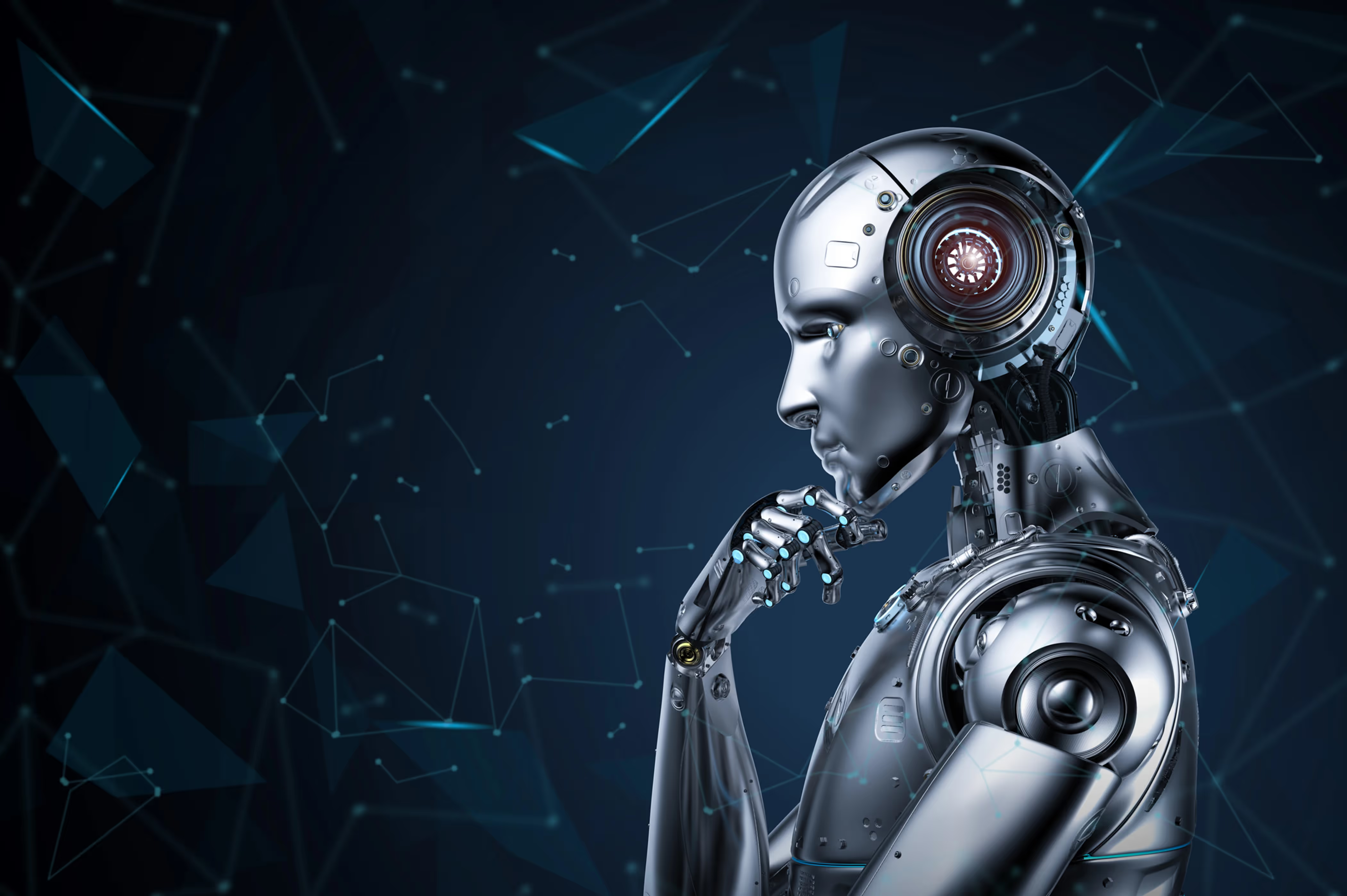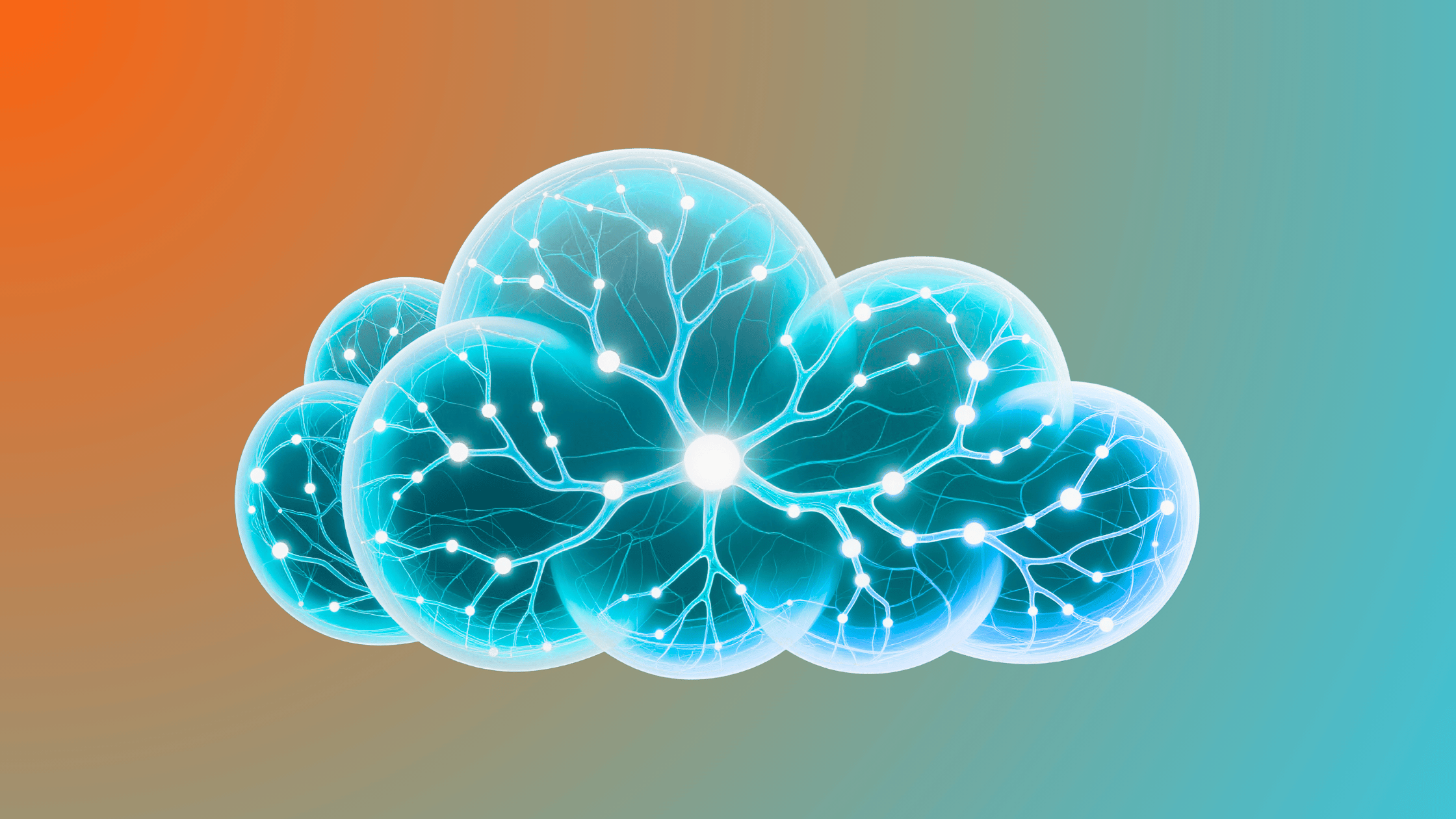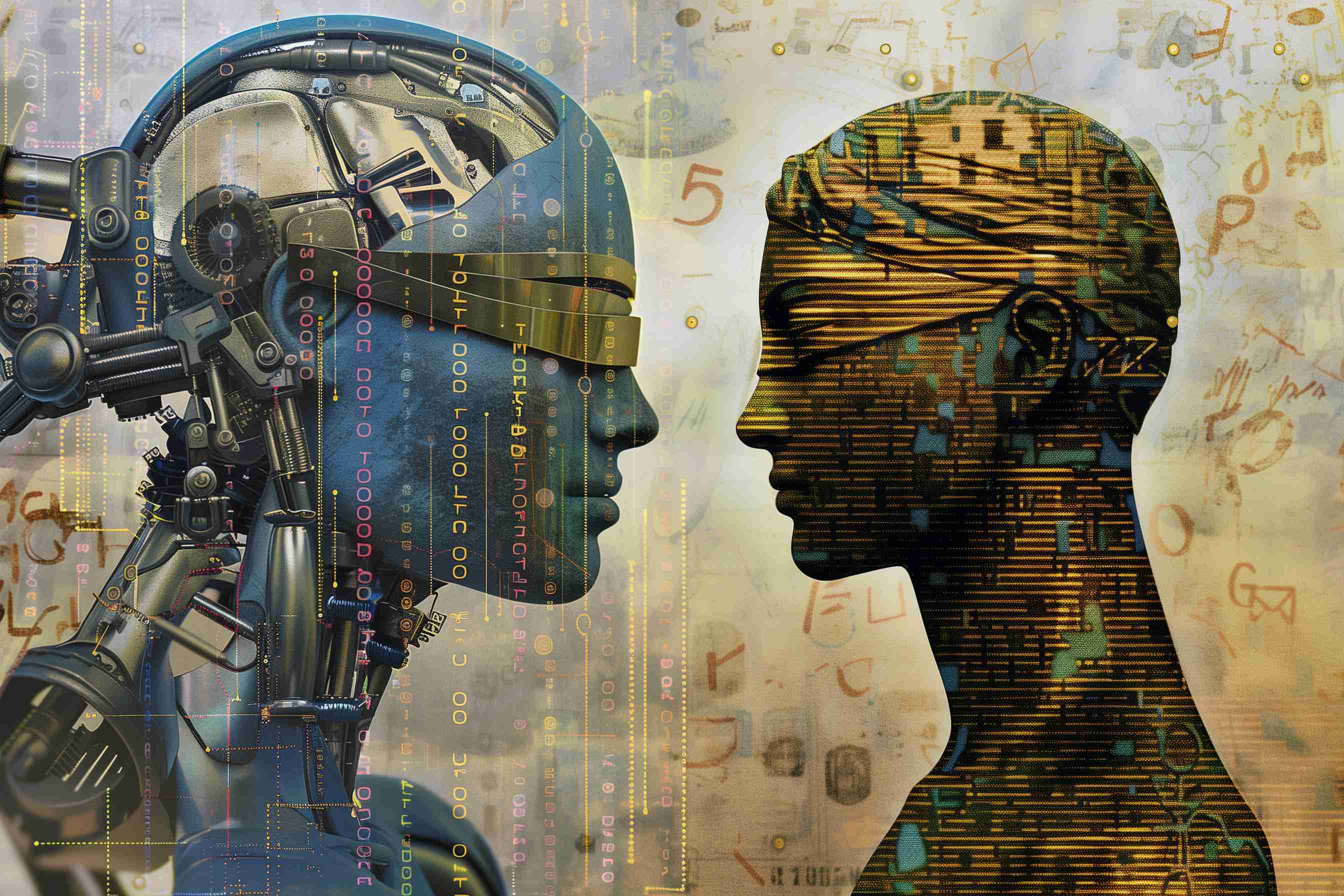5 Ways AI can help ramp talent faster
Traditionally, this process has taken weeks or even months, which can be frustrating for both the new hire and the team. But now, with AI-driven solutions, we can significantly shorten this ramp-up period.

Onboarding new employees in the fast-paced IT world is a challenge, and we’ve usually experienced firsthand how getting a tester up to speed can be particularly demanding. The role requires a deep understanding of the product, testing methodologies, and various tools. Traditionally, this process has taken weeks or even months, which can be frustrating for both the new hire and the team. But now, with AI-driven solutions, we can significantly shorten this ramp-up period. That's where our "Tester Agent" comes in – an AI-powered assistant designed to streamline and accelerate the onboarding process for new testers, reducing the time from weeks to a few days.

The Challenge of Onboarding Testers
From our experience, onboarding a new tester involves several crucial steps:
- Understanding the Product: New testers need to gain in-depth knowledge about the product or solution they will be testing, which is one of the most overwhelming aspects.
- Learning Testing Methodologies: They must familiarize themselves with the testing strategies and methodologies employed by the company. Usually employees spend countless hours in training sessions to get a handle on these.
- Tool Proficiency: It's essential to get up to speed with the various tools and technologies used for testing. Tools like Selenium, JIRA, and TestRail could be completely new to when someone starts, and mastering them is a steep learning curve.
- Integration with the Team: Understanding team workflows, communication channels, and collaboration tools is vital. Adjusting to the team’s way of working and communication norms take time and effort.
Typically, this process is guided by documentation, training sessions, and mentorship. While these methods are valuable, they can be time-consuming and may not always be tailored to the individual's pace of learning. This is where our Tester Agent truly shines, offering a customized and efficient onboarding experience.
Introducing the Tester CoPilot
Someone who’s been deeply involved in building this product, can tell you that our Tester Agent is designed to make the onboarding process smoother and faster for new testers. By leveraging advanced AI and machine learning algorithms, we can create a system that provides a personalized and interactive learning path, drastically reducing the ramp-up period. Here's how it works:
Key Features of the Tester Agent
- Personalized Learning Path:
- Assessment: The agent starts by assessing the new tester’s current knowledge and skill level through a series of questions and practical tests.
- Customized Curriculum: Based on this assessment, the agent creates a tailored learning path focusing on areas where the tester needs the most improvement. We often wished for more personalized guidance during our own onboarding process.
- Interactive Training Modules:
- Hands-on Exercises: The agent offers interactive exercises that mimic real-world testing scenarios, allowing the tester to practice and apply their knowledge. We can design these exercises based on actual challenges faced by our testing team.
- Instant Feedback: The agent provides immediate feedback on the tester’s performance, highlighting strengths and areas for improvement. This feature can be developed to provide the kind of timely feedback we found valuable when we learn.
- Knowledge Base and Resources:
- Comprehensive Documentation: The agent has access to the company's knowledge base, offering the tester detailed documentation, tutorials, and best practices.
- Contextual Assistance: The agent can answer questions and provide guidance in real-time, ensuring the tester has the information they need when they need it. We can remember the frustration of searching through endless documents; this feature aims to eliminate that pain point.
- Progress Tracking and Reporting:
- Progress Metrics: The agent tracks the tester’s progress, providing detailed reports on their learning journey.
- Milestone Achievements: The agent sets and monitors milestones, ensuring the tester stays on track to complete their onboarding within the targeted time frame.
Tester Journey Example
Let's take a look at a typical user journey for a new tester named Ritika, who is joining a software development company.
Day 1: Initial Assessment and Onboarding
- Welcome Module: Ritika logs into the Tester Agent, which welcomes her and provides an overview of the onboarding process.
- Skill Assessment: Ritika completes an initial assessment that gauges her knowledge of the product, testing methodologies, and tools.
- Customized Learning Path: Based on the assessment, the agent creates a personalized learning path for Ritika.
Day 2-3: Product Knowledge and Testing Methodologies
- Product Training: The agent provides Ritika with interactive modules on the product's architecture, features, and user flows.
- Testing Strategies: Ritika learns about the company's testing strategies through hands-on exercises and real-world scenarios.
Day 4-5: Tool Proficiency
- Tool Tutorials: The agent guides Ritika through tutorials on the various testing tools used by the company, such as Selenium, JIRA, and TestRail.
- Practical Exercises: Ritika completes practical exercises that involve using these tools to perform different types of tests.
Day 6: Integration with the Team
- Workflow Training: The agent provides modules on team workflows, communication channels, and collaboration tools like Slack and Confluence.
- Team Simulations: Ritika participates in simulated team activities to practice collaboration and communication.
Day 7: Final Assessment and Certification
- Final Assessment: Ritika completes a final assessment that tests her knowledge and skills across all areas covered during the week.
- Certification: The agent provides a detailed report on Ritika’s performance and issues a certification of completion, indicating that she is ready to join the team as a fully onboarded tester.
Technical Implementation
To build the Tester Agent, the following tech stack and architecture can be utilized:
Tech Stack
- AI:
- LLMs: For understanding and generating human-like responses.
- For creating personalized learning paths and providing instant feedback.
- Backend:
- Python/Django or Node.js: For building the backend services.
- PostgreSQL: For storing user data, progress metrics, and learning materials.
- Frontend:
- React.js or Angular: For building the user interface.
- APIs:
- RESTful APIs: For communication between the frontend and backend.
- Third-party Integrations: For accessing external knowledge bases and documentation.
Achievable Solution
- Data Collection and Preparation:
- Gather all relevant documentation, tutorials, and best practices into a centralized knowledge base.
- Create interactive training modules and practical exercises tailored to the company's products and tools.
- AI Model Development:
- Develop AI models for understanding user queries and providing contextual assistance.
- Train machine learning models to create personalized learning paths based on initial assessments and ongoing progress.
- Platform Development:
- Build the backend services to manage user data, track progress, and deliver training modules.
- Develop the frontend interface for an intuitive and engaging user experience.
- Integration and Deployment:
- Integrate the Tester Agent with existing tools and platforms used by the company.
- Deploy the solution on a scalable cloud infrastructure, ensuring high availability and performance.
Conclusion
The Tester Agent represents a significant advancement in the onboarding process for new testers. By leveraging AI and machine learning, it provides a personalized and interactive learning experience that drastically reduces the time required to become proficient in a new role. This not only enhances productivity but also boosts employee satisfaction and retention. As AI continues to evolve, the potential for such intelligent assistants to transform various aspects of the workplace is immense, making it an exciting time for businesses and employees alike.


.jpg)